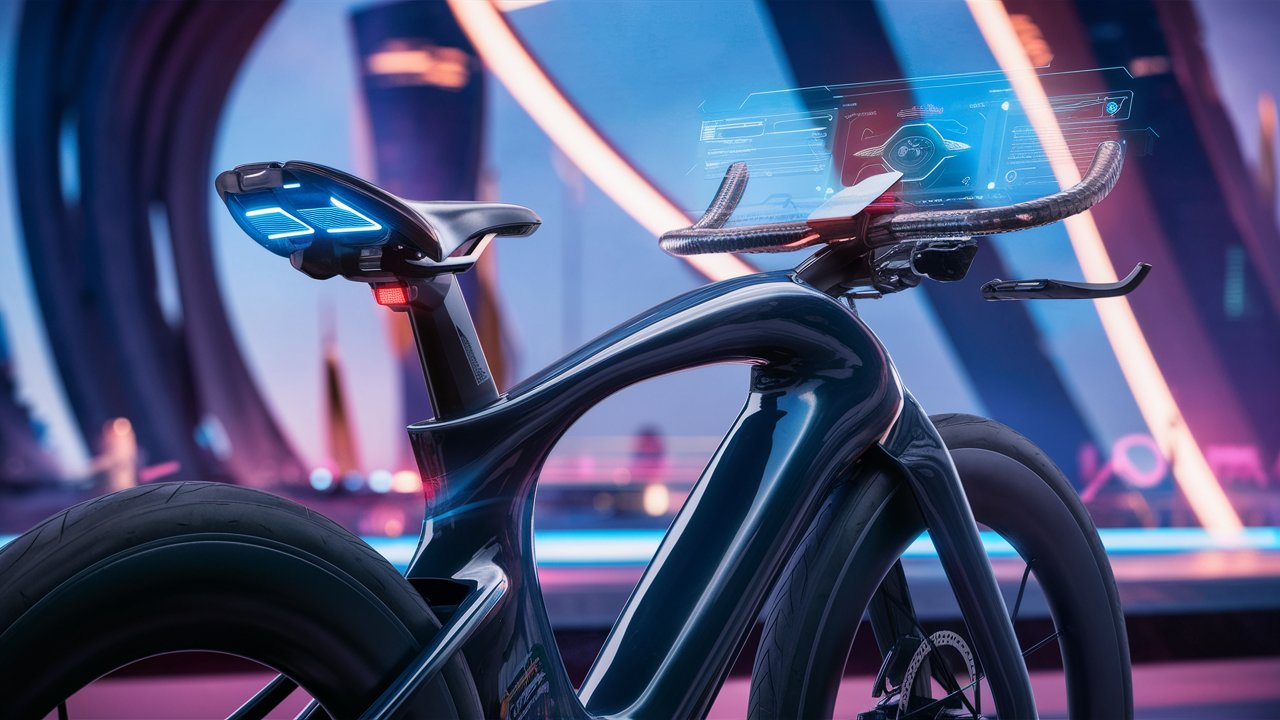E-Bike Basics Explained
Electric bikes, or e-bikes, are revolutionizing personal transportation by combining traditional bicycle mechanics with electric power assistance. At the heart of these innovative vehicles are three key components: the motor, which provides propulsion; the battery, which stores and supplies energy; and the controller, often described as the “brain” of the e-bike, which manages power flow and regulates performance.
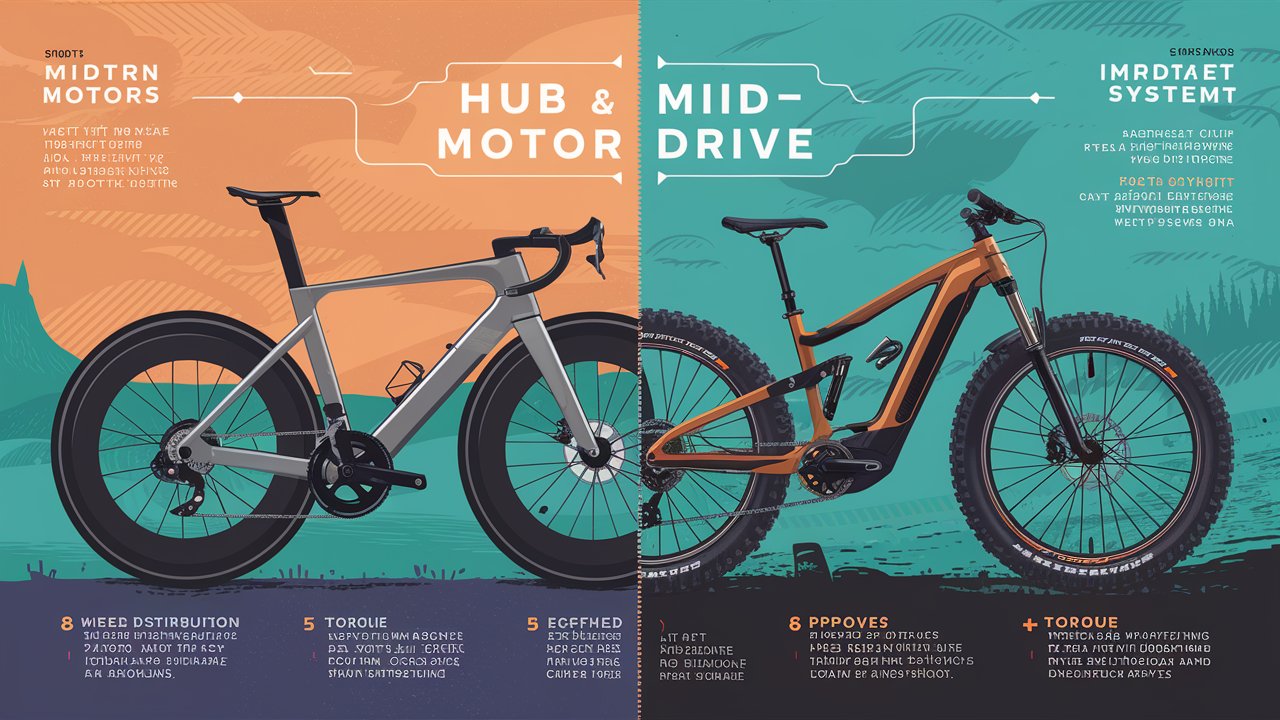
Types of E-Bike Motors: Hub vs. Mid-Drive
E-bikes typically feature two main types of motors: hub motors and mid-drive motors. Hub motors are integrated into either the front or rear wheel hub, providing direct power to the wheel. They are generally simpler, more affordable, and require less maintenance. Mid-drive motors, on the other hand, are positioned at the bike’s center near the pedals, offering better weight distribution and more efficient power transfer through the bike’s gears.
Mid-drive motors are often preferred for their natural riding feel and superior performance on steep terrain, but they can cause more wear on the drivetrain. The choice between hub and mid-drive motors depends on factors such as intended use, terrain, and budget, with each type offering distinct advantages for different riding styles and preferences

Pedal-Assist vs Throttle Explained
Pedal-assist and throttle-controlled e-bikes offer distinct riding experiences. Pedal-assist e-bikes use sensors to detect pedaling and provide proportional motor assistance, offering a more natural cycling feel and encouraging physical activity. They typically have multiple assistance levels, allowing riders to adjust the amount of boost. Throttle-controlled e-bikes, on the other hand, can be operated without pedaling by using a handlebar-mounted throttle, similar to a motorcycle.
This provides instant power and requires less effort from the rider. Pedal-assist is often preferred for those seeking exercise or a traditional biking experience, while throttle control is ideal for effortless commuting or riders with physical limitations. Some e-bikes offer both options, allowing riders to switch between modes based on their needs. When choosing between the two, consider factors such as your fitness goals, terrain, and local regulations, as pedal-assist and throttle e-bikes may have different legal classifications in some areas.
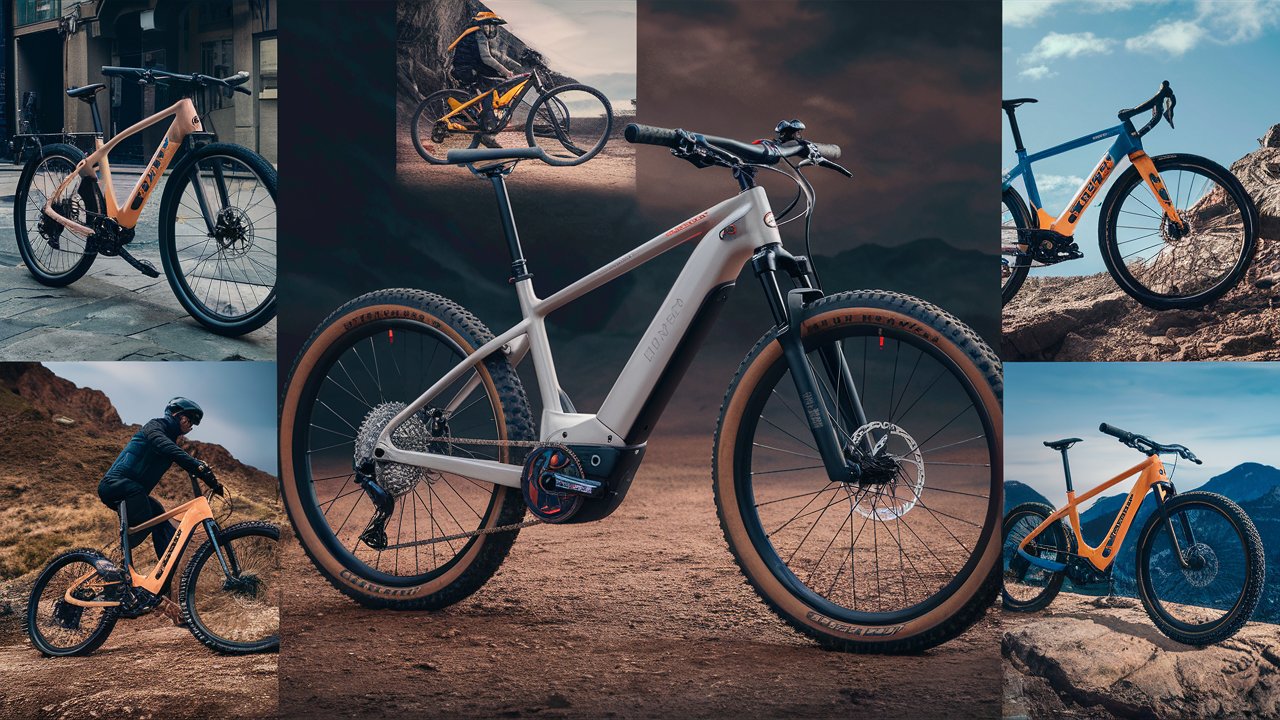
Versatile Hybrid E-Bikes
Hybrid e-bikes offer the perfect blend of versatility for riders seeking a bike that performs well on both urban streets and light off-road trails. These bikes combine features of road and mountain bikes, typically featuring flat handlebars, an upright riding position, and tires with moderate tread for varied terrain. Hybrid e-bikes excel in urban environments while still handling light off-road conditions, making them ideal for commuters and weekend adventurers alike.
They often come equipped with practical features like mudguards, luggage racks, and integrated lighting systems, enhancing their utility for everyday use. With electric assistance, hybrid e-bikes extend ride distances and make hill climbs easier, allowing riders to tackle longer commutes or explore further on leisure rides. When choosing a hybrid e-bike, consider factors such as battery capacity, motor type, and frame design to find the best fit for your specific needs and riding style.
E-Bikes vs Traditional Bicycles
E-bikes and traditional bicycles each have distinct advantages and drawbacks. E-bikes offer assisted pedaling, making them ideal for longer commutes, hilly terrain, and riders with physical limitations. They allow for faster speeds and less physical exertion, which can be beneficial for commuting or leisure rides. However, e-bikes are generally more expensive, heavier, and require regular charging.
Traditional bikes, on the other hand, are lighter, more affordable, and provide a better workout. They’re simpler to maintain and have a lower environmental impact. The choice between an e-bike and a traditional bike ultimately depends on individual needs, such as commute distance, fitness goals, and budget. For those seeking a balance, some riders opt to own both types, using e-bikes for longer trips or commutes and traditional bikes for exercise or shorter rides.

Battery Technology and Range
E-bike battery technology has advanced significantly, with lithium-ion batteries becoming the standard due to their high energy density and long lifespan. These batteries typically offer ranges of 20-100 miles depending on factors like terrain, rider weight, and assistance level. However, emerging technologies like solid-state batteries promise even greater improvements. Solid-state batteries could potentially double the range and power density of current lithium-ion batteries while offering faster charging times, increased safety, and longer lifespans.
For instance, Stromer, a Swiss e-bike manufacturer, is developing a prototype e-bike with a solid-state ceramic battery that could charge in just 20 minutes, compared to the 90+ minutes required for most current e-bikes. While still in development and currently cost-prohibitive, solid-state batteries represent the potential future of e-bike power, offering improved performance and sustainability.
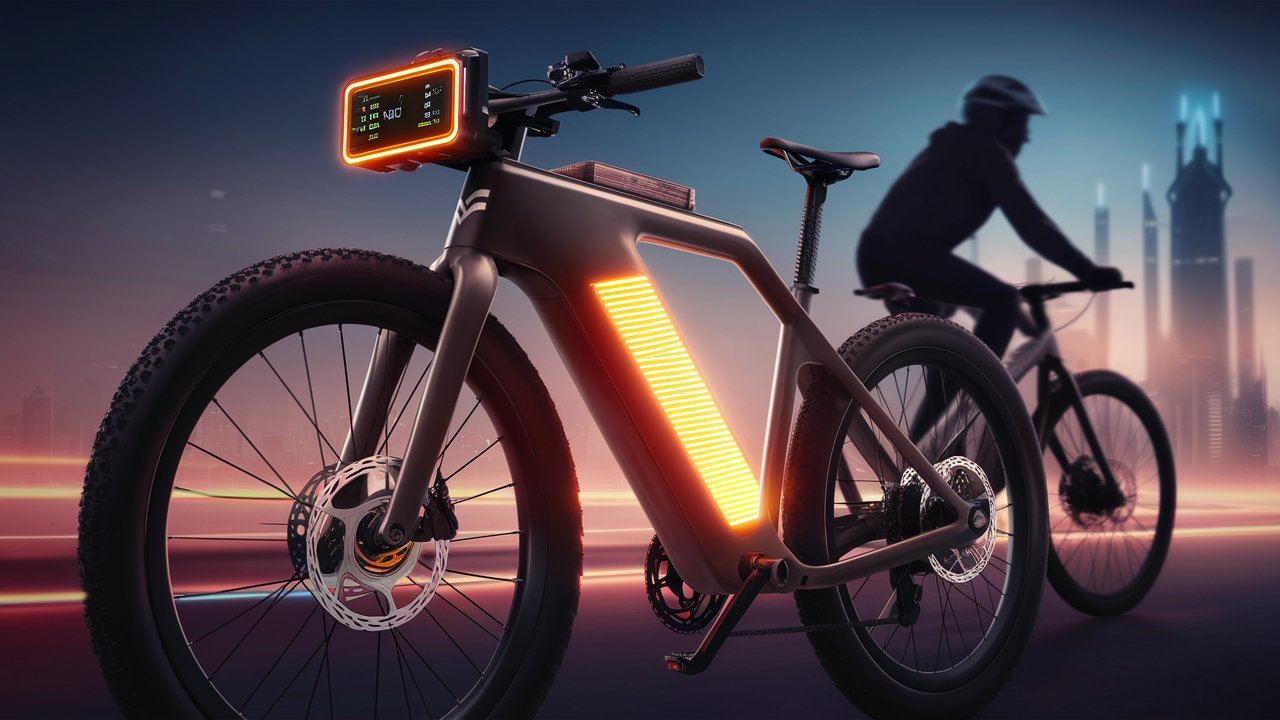
The Role of the Controller in E-Bike Performance
The controller acts as the central nervous system of an e-bike, coordinating all electrical components to optimize performance. It regulates power flow from the battery to the motor, manages speed and torque based on rider input and sensor data, and implements safety features like overcurrent protection. Through pulse width modulation, the controller enables smooth acceleration and efficient energy use.
Advanced controllers can integrate multiple sensors, adapt to riding conditions, and allow customization of assist levels. While not solely responsible for an e-bike’s performance, the controller plays a crucial role in balancing power output, battery efficiency, and rider experience. As e-bike technology evolves, controllers are becoming more sophisticated, potentially incorporating predictive maintenance and adaptive learning capabilities in the future.
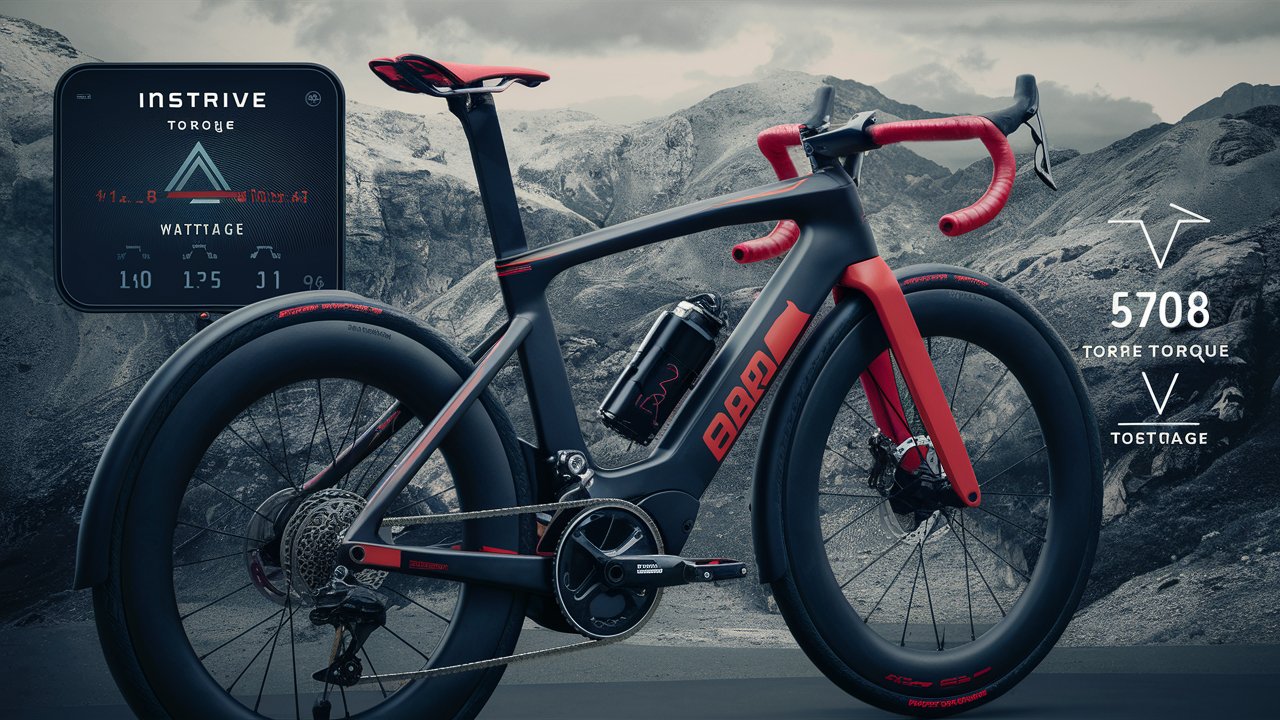
Torque and Power Output
Torque and power output are crucial factors in e-bike performance, with torque being particularly important for acceleration and hill climbing. While e-bike motors in Europe are typically limited to 250 watts of continuous power output, torque is not restricted by regulations and can vary widely between models. Torque in e-bikes is measured in Newton meters (Nm), with most commuter and road e-bikes delivering around 50Nm, while high-performance mountain bikes can reach 80Nm or more.
Higher torque allows for easier starts, better hill-climbing ability, and improved performance under load. However, it’s important to note that while e-bikes can produce high torque figures, their overall power output is limited by their relatively low rotational speeds compared to car engines. This balance of high torque and regulated power output contributes to the efficient and responsive ride characteristic of quality e-bikes.

Weight Distribution Considerations
Weight distribution is a critical factor in e-bike design, significantly impacting handling, stability, and overall ride quality. The general rule of thumb is to position heavy components like batteries and motors as low and centrally as possible on the frame. This approach enhances stability and improves the bike’s center of gravity. While some weight over the rear wheel can increase traction, excessive rear-biasing (beyond 60/40 or 55/45 front/rear) can lead to handling issues and accidental wheelies, especially with powerful motors.
Mid-drive motors offer better weight distribution compared to hub motors, as they centralize mass near the bike’s bottom bracket. For optimal performance and safety, e-bike manufacturers should strive for a balanced weight distribution, with components placed low on the frame to maintain stability at various speeds and during turns
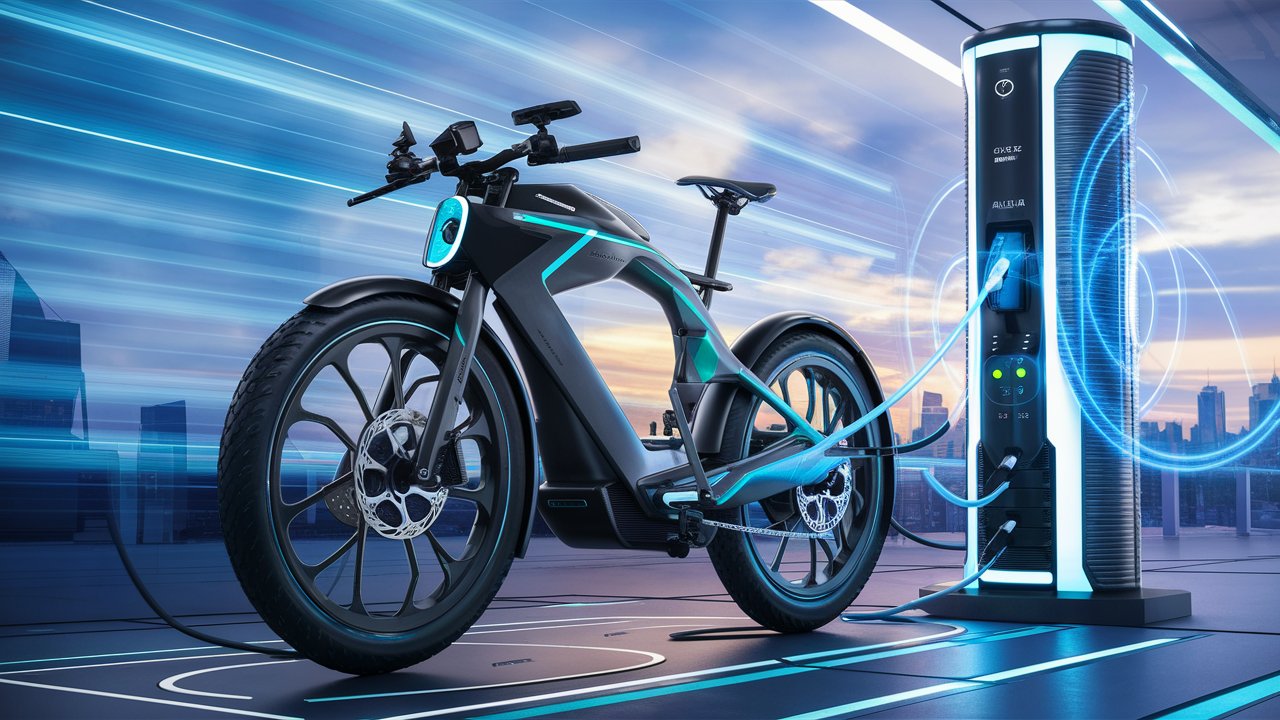
Fast Charging Capabilities
Fast charging technology has revolutionized e-bike charging, significantly reducing charging times and enhancing user convenience. High-power chargers, typically ranging from 100W to 300W, can fully charge e-bike batteries in 1-2 hours, compared to several hours with standard 50W chargers. This rapid charging capability is particularly beneficial for frequent riders and long-distance travelers. However, fast charging comes with trade-offs, including potential accelerated battery aging and increased costs for both chargers and batteries.
To address these challenges, some manufacturers are implementing smart charging management systems that optimize the charging process, improving efficiency and extending battery life. As technology advances, we can expect to see even more efficient, safe, and cost-effective fast charging options for e-bikes in the future, potentially including innovations like solid-state batteries that could charge in as little as 20 minutes.
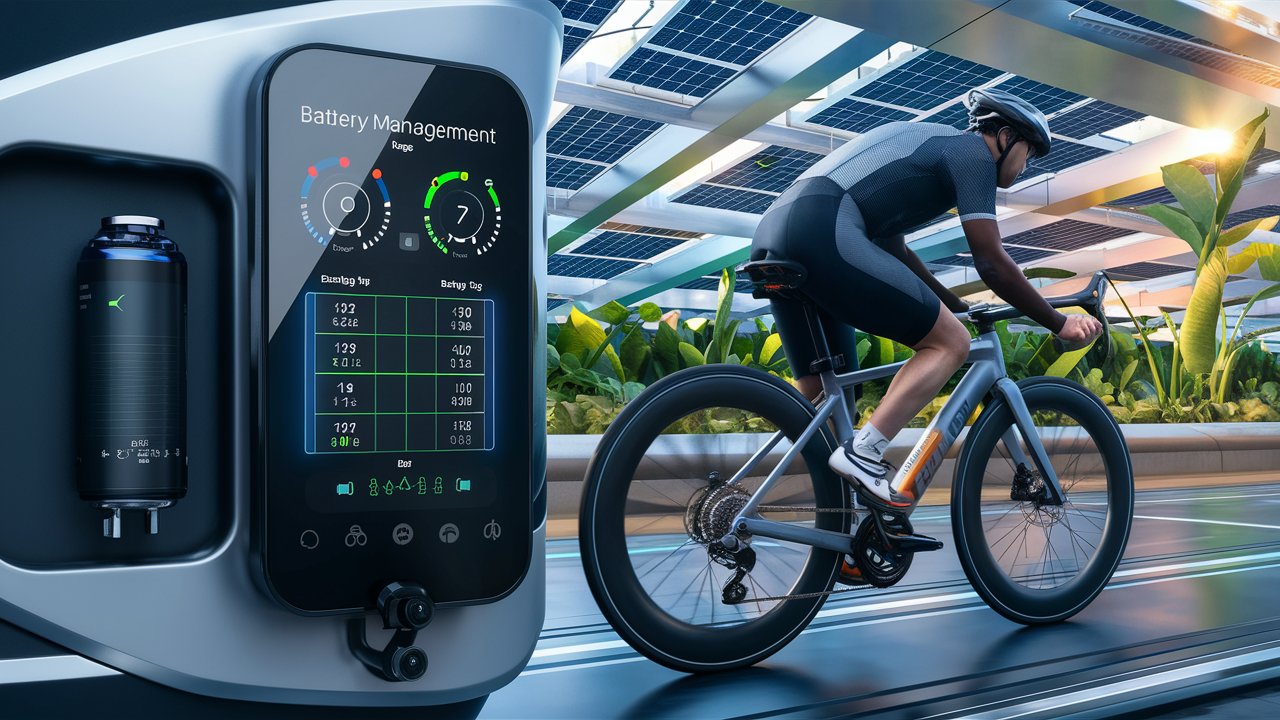
Battery Management Systems
Battery Management Systems (BMS) are crucial components in e-bike batteries, ensuring optimal performance, safety, and longevity. A BMS monitors and controls the charging and discharging processes, protects against overcharging, over-discharging, and overheating, and balances individual cell groups within the battery pack. There are two main types of BMS: simple and professional.
Simple BMS units are more affordable and easier to install, typically costing around $10, while professional BMS systems offer advanced features but can be 10 times more expensive. Professional BMS configurations include a central computer for signal processing and use digital communication buses like CAN for enhanced control and monitoring capabilities. When choosing a BMS for an e-bike, factors to consider include the battery voltage, maximum discharge current, and desired level of protection and monitoring

Lithium-Ion vs. Other Chemistries
Lithium-ion batteries have become the standard for e-bikes due to their high energy density and long cycle life, but alternative chemistries offer unique advantages. Lithium iron phosphate (LiFePO4) batteries, while heavier and larger, provide enhanced safety, longer lifespan, and better performance in extreme temperatures. They are nearly fireproof and can last for over 2,000 charge cycles.
Emerging technologies like lithium-titanate offer even faster charging capabilities, with some able to fully charge in just 20 minutes compared to 6-8 hours for conventional lithium-ion batteries. This chemistry also boasts a lifespan of 20+ years, significantly improving the sustainability of e-bike batteries. However, energy density remains a crucial factor for e-bikes, where weight and space are at a premium, giving conventional lithium-ion chemistries an edge in many applications despite the safety and longevity benefits of alternatives.
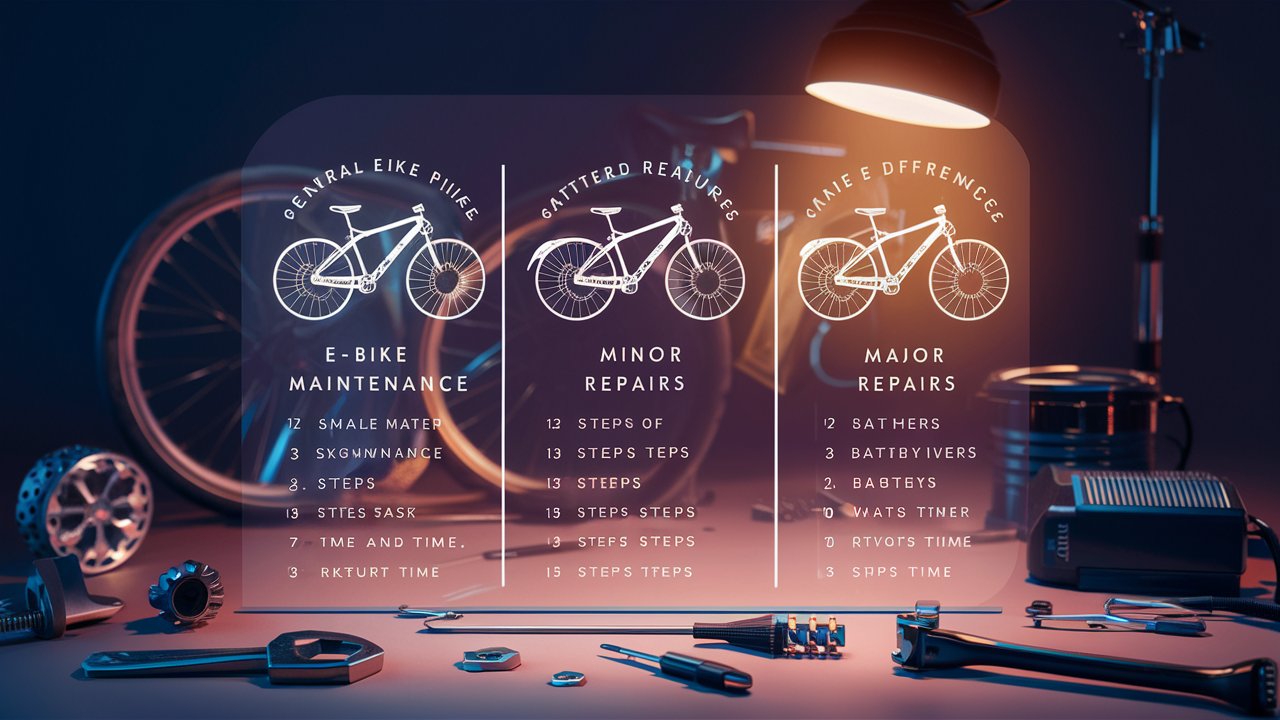
Maintenance and Repair Differences
E-bikes require specialized maintenance and repair considerations compared to traditional bicycles due to their electrical components. While many mechanical parts can be serviced by regular bike shops, the motor, battery, and controller often need attention from certified e-bike technicians. Regular maintenance includes keeping the battery charged between 20-80% to extend its lifespan, cleaning the bike without using high-pressure water to protect electrical components, and having it professionally serviced once or twice a year.
Common e-bike repairs involve battery replacements ($950-1,500), display or remote replacements ($75-500), and addressing connection issues ($60-120). It’s crucial to find a trusted shop with Bosch and Shimano maintenance certifications for e-bike servicing, as they have access to specialized diagnostic tools and software. Proper maintenance can significantly reduce the risk of costly repairs and ensure optimal performance of both mechanical and electrical systems.

Future of E-Bike Technology
E-bikes represent a significant advancement in personal transportation, combining traditional cycling with electric assistance to offer an efficient, eco-friendly mode of travel. The key components – motor, battery, and controller – work in harmony to provide a seamless riding experience. As technology continues to evolve, we’re seeing improvements in battery life, motor efficiency, and overall performance.
The future of e-bikes looks promising, with innovations like solid-state batteries and advanced controllers on the horizon. These developments are likely to further enhance range, charging speed, and overall ride quality, making e-bikes an increasingly attractive option for commuters and recreational cyclists alike. As with any technology, proper maintenance and understanding of the components are crucial for optimal performance and longevity of e-bikes.
Escooter Laws Australia State by State
